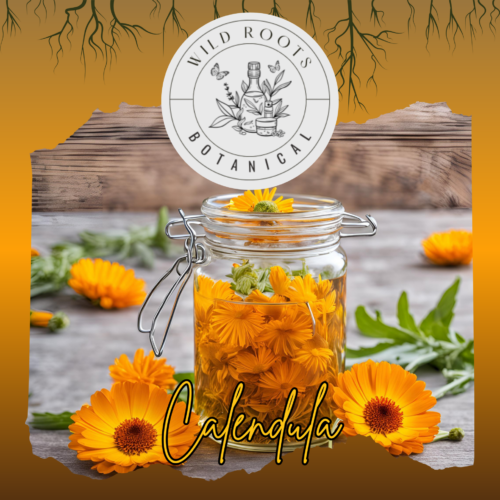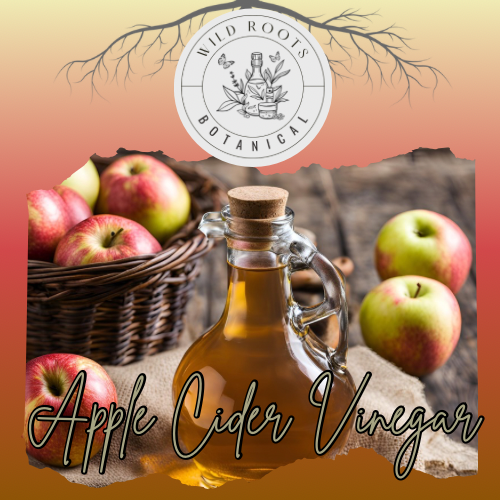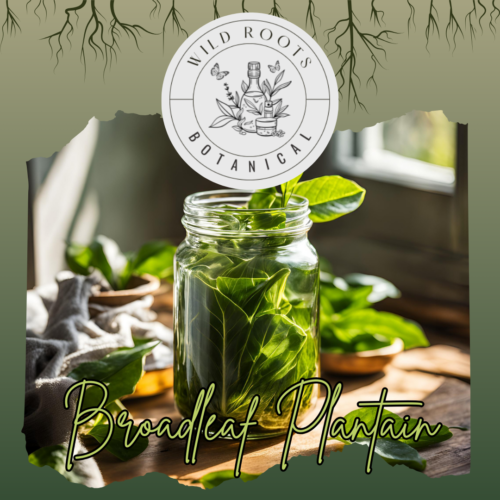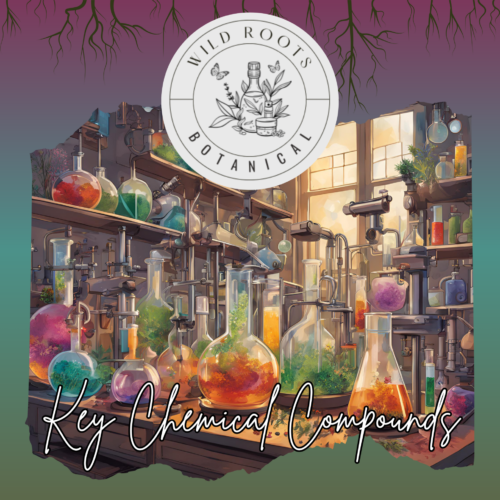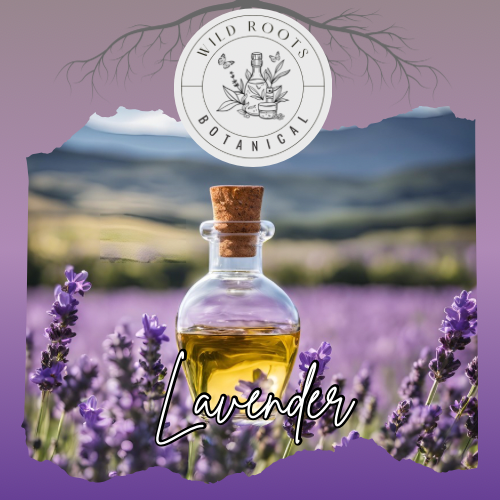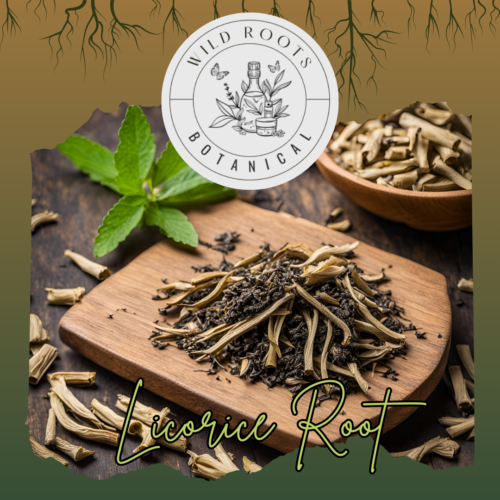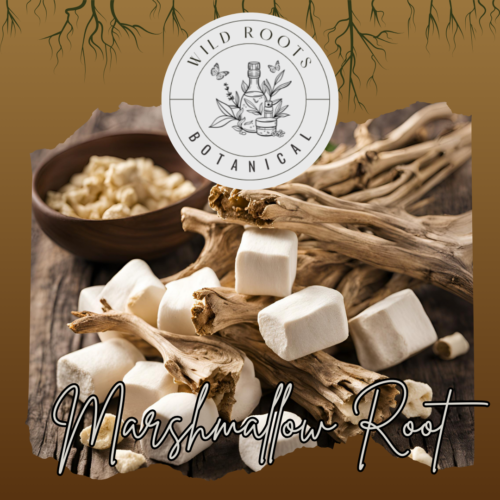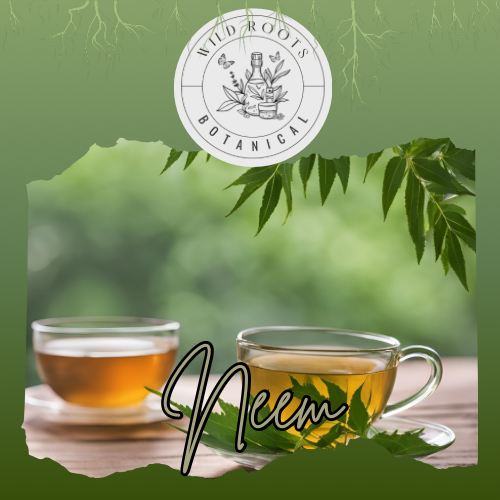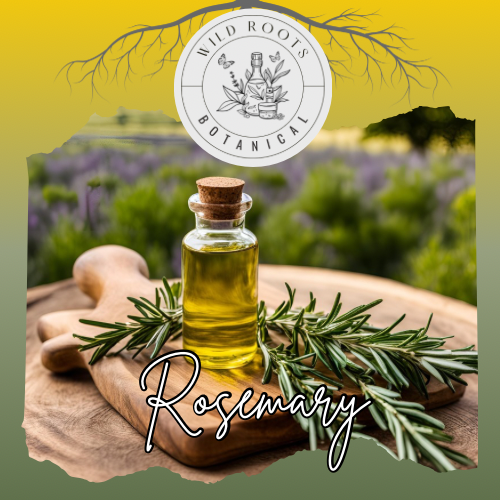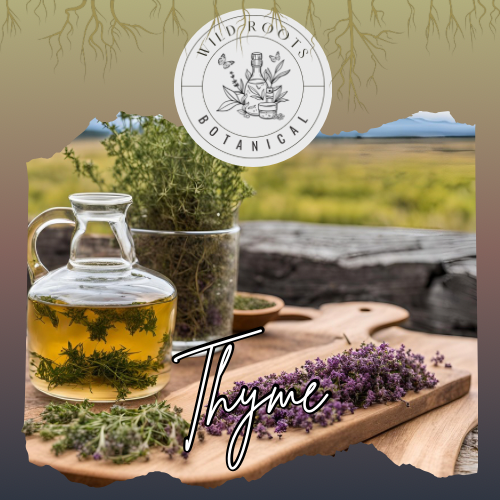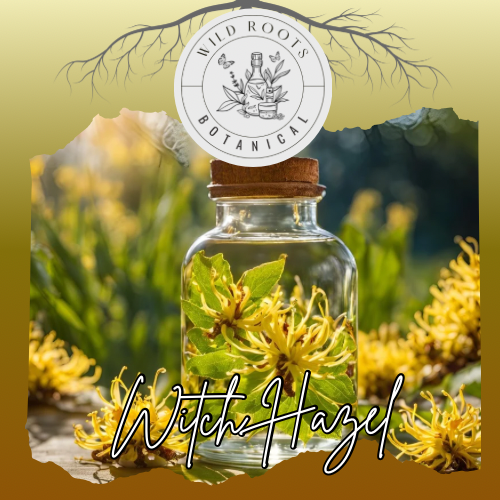Calendula: The Sun’s Herb – A Comprehensive Guide
Introduction
Imagine a flower so bright it was said to follow the sun across the sky, earning it the nickname “bride of the sun.” This is Calendula officinalis, commonly known as pot marigold or calendula, a cheerful orange-yellow flower that has been lighting up gardens and healing bodies for centuries.
Historical Journey
Ancient Origins
The story of calendula begins in the Mediterranean region, where it grew wild along countryside paths and in village gardens. Ancient Egyptians used it for skin rejuvenation and ceremonial purposes, considering it a symbol of eternal life. The name “calendula” comes from the Latin word “kalendae,” meaning the first day of the month, as the Romans observed it blooming on the calends of nearly every month.
Medieval and Renaissance Period
During the Middle Ages, calendula earned the title “poor man’s saffron” as people used its petals to color cheese and butter. Hildegard of Bingen, the 12th-century German abbess and herbalist, recommended it for treating digestive issues. Henry VIII’s herbalists recorded its use for treating everything from toothaches to plague symptoms.
Traditional Folk Medicine
Across Europe, calendula became known as a wound-healing herb. Scottish Highlanders made calendula ointments for treating battle wounds, while in England, it was a common ingredient in “save-alls” – remedies meant to cure various ailments. Native Americans, after being introduced to the plant by European settlers, incorporated it into their healing traditions for treating minor wounds and burns.
Scientific Understanding
Chemical Composition
Modern research has revealed the complex chemistry behind calendula’s traditional uses:
- Flavonoids (quercetin, rutin)
- Triterpene saponins
- Carotenoids
- Essential oils
- Polysaccharides
Evidence-Based Benefits
Skin Health
Research published in the Journal of Clinical Medicine (2020) demonstrated calendula’s effectiveness in:
- Wound healing acceleration
- Reducing inflammation
- Supporting collagen production
- Providing antimicrobial protection
Immune System Support
Studies have shown calendula’s immunomodulatory properties:
- Enhanced lymphocyte proliferation
- Increased phagocytic activity
- Antioxidant protection
Modern Applications
Medical Uses
- Post-surgical wound healing
- Radiation dermatitis treatment
- Diabetic foot ulcer management
- Minor burns and scalds
- Diaper rash treatment
Cosmetic Industry
Calendula has found its way into numerous skincare products:
- Face creams and lotions
- Baby care products
- Natural sunscreens
- Anti-aging formulations
Culinary Applications
The edible flowers are increasingly popular in modern cuisine:
- Salad garnishes
- Natural food coloring
- Herbal teas
- Cake decorations
Growing and Harvesting
Garden Cultivation
Calendula is a gardener’s delight:
- Easy to grow from seeds
- Blooms continuously from spring to fall
- Attracts beneficial insects
- Makes an excellent companion plant
Harvesting Tips
For optimal medicinal use:
- Harvest flowers in the morning after dew has dried
- Pick fully opened blooms
- Dry in a well-ventilated area away from direct sunlight
- Store in airtight containers away from light
Safety and Precautions
While generally considered safe, be aware of:
- Possible allergic reactions in people sensitive to the Asteraceae family
- Interactions with sedative medications
- Contraindications during pregnancy (consult healthcare provider)
Fun Facts
- During the American Civil War, surgeons used calendula-infused bandages to treat battlefield wounds.
- Medieval brides wore calendula flowers in their bouquets to bring good luck and prosperity.
- The flowers are sometimes called “weather-glass” because they close before rain.
- Calendula plants have been grown in space stations to study their growth in zero gravity.
Modern Research Directions
Current scientific investigations focus on:
- Anti-cancer properties
- Dental health applications
- Gut health benefits
- Novel extraction methods
Cultural Significance
Calendula continues to hold cultural importance:
- Symbol of joy and longevity in Indian ceremonies
- Used in Day of the Dead celebrations in Mexico
- Featured in modern natural healing traditions
- Growing popularity in sustainable agriculture
References
- Arora, D., et al. (2013). “A review on phytochemistry and ethnopharmacological aspects of genus Calendula.” Pharmacognosy Reviews, 7(14), 179-187.
- Butnariu, M., & Coradini, C. Z. (2012). “Evaluation of biologically active compounds from Calendula officinalis flowers using spectrophotometry.” Chemistry Central Journal, 6(1), 35.
- Fuchs, S. M., et al. (2005). “Protective effects of different marigold (Calendula officinalis L.) and rosemary cream preparations against sodium-lauryl-sulfate-induced irritant contact dermatitis.” Skin Pharmacology and Physiology, 18(4), 195-200.
- Grieve, M. (1931). “A Modern Herbal.” Dover Publications.
- Wichtl, M. (2004). “Herbal Drugs and Phytopharmaceuticals: A Handbook for Practice on a Scientific Basis.” Medpharm Scientific Publishers.
Traditional Recipes
Calendula Salve
A traditional healing recipe:
- 2 cups dried calendula petals
- 1 cup olive oil
- 1/4 cup beeswax
- Optional: few drops of lavender essential oil
Calendula Tea
A soothing beverage:
- 2-3 fresh or dried calendula flowers
- 1 cup hot water
- Honey to taste
- Optional: mint leaves


